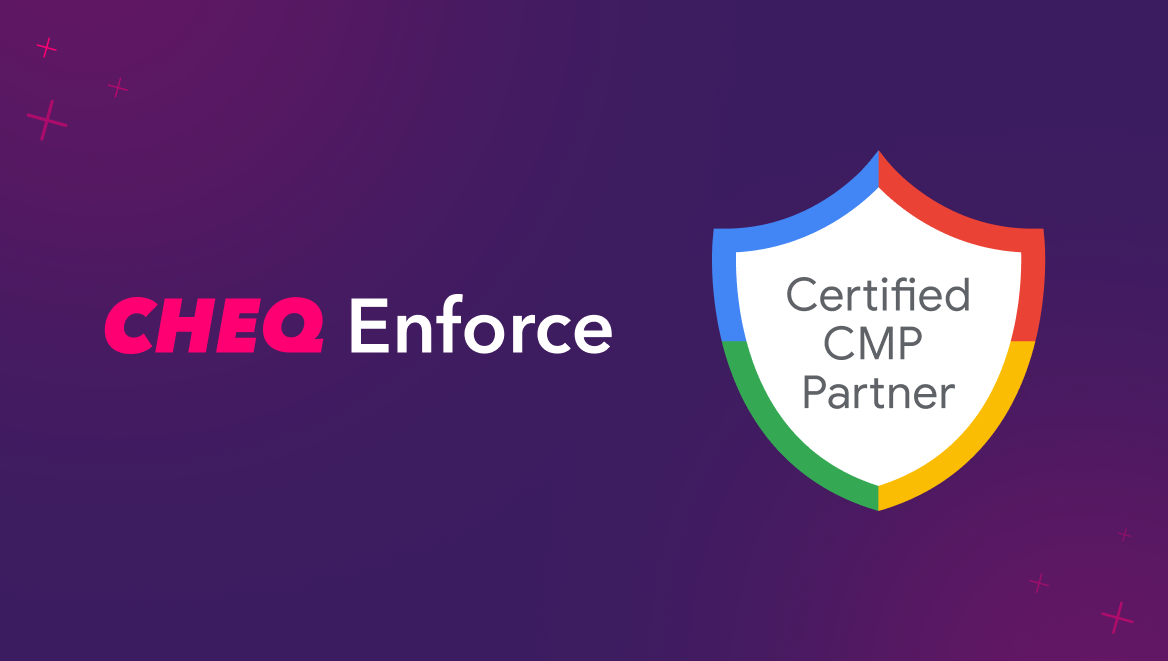Eliminating Invalid Clicks on Your Twitter ad campaign
Oli Lynch
|Marketing | August 23, 2020

It might be the fifth largest social media network, but don’t write off Twitter ads for your marketing campaign. It has 330 million active monthly users and a user base that includes 22% of the US population. Twitter generated nearly $ 3 billion in revenue in 2019, according to eMarketer (Facebook earned $67 billion).
But with PPC ads on platforms such as Twitter comes an inevitable problem: fraud. In this post, we will look at the challenges of invalid clicks affecting your spend on Twitter campaigns.
Effectiveness of Twitter ads
Twitter ads are actually some of the most effective, by Twitter’s own measures. In fact, they found that ads on Twitter returned around 40% better ROI compared to similar channels.
Marketers might also be intrigued to discover that ad engagement on Twitter has grown 23% since 2018, and around 67% of all B2B businesses have a Twitter presence.
In fact, people who use Twitter are more likely to be the first to try new things, and 79% of Twitter users are using it to discover new stuff.
But, behind all this positive spin, there is an uncomfortable truth: Twitter has long been seen as the platform of fake accounts, bots, trolls, and disinformation. While disinformation plays the largest part of the story, for instance, with the dissemination of fake news, invalid clicks can also damage ad campaigns on the platform.
Invalid clicks and Twitter
Invalid clicks, bogus bot accounts, and ad fraud target Twitter like any other platform. This is something Twitter challenged as far back as 2018 when they identified more than 9.9 million suspicious accounts. Twitter publishes regular transparency reports showing their enforcement actions.
Like any ad platform that makes money, fraudsters follow the cash. In one case, in 2019, Twitter’s ad platform was exploited for months by app fraudsters, and it earned commission on the ads bought using its tools.
Twitter’s platform manipulations policies, revised in September 2019, set out prohibited behavior including:
- commercially motivated spam, which typically aims to drive traffic or attention from a conversation on Twitter to accounts, websites, products, services, or initiatives;
- inauthentic engagements, that attempt to make accounts or content appear more popular or active than they are; and
- coordinated activity, that attempts to artificially influence conversations through the use of multiple accounts, fake accounts, automation, and/or scripting.
Here at CHEQ for PPC, we’ve found that the largest sources of fake clicks on Twitter across our enterprise clients are:
1. Data Centers & Bots
A major source of invalid clicks based on what we see through clients protecting their Twitter spend using CHEQ for PPC, is “data center traffic“. This is consistent with fake and automated bot account activity. The digital advertising industry regulator, the MRC, notes that known data center traffic is “determined to be a consistent source of non-human traffic; not including routing artifacts of legitimate users or virtual machine legitimate browsing.”
Bots – that can often live in data centers, but not exclusively in data centers, are the main source of invalid clicks on Twitter. It is estimated that around 15% of all accounts on Twitter are bots. In fact, during the Coronavirus pandemic, it was estimated that 50% of the disinformation being spread was from bot accounts. Bots account for between 30 million to 40 million active accounts.
Although Twitter does work actively to deactivate bots and to verify genuine human accounts, they are still facing a challenge to stem the tide.
In addition, a small portion of the advertising products Twitter sells are also placed on third-party publishers’ websites, applications, and other offerings, which tend to be more susceptible to invalid clicks.
2. User Agent Spoofing
Sophisticated fraud also involves user-agent spoofing. This involves a mismatch between the declared user agent, such as a web browser, and the actual user agent being used to interact with online content. CHEQ deploys more than 1000 real-time cybersecurity detection measures to ensure that any click (for instance, saying it is coming from an IOS device) is exactly who it says they are, ensuring only valid clicks are counted.
CHEQ for PPC is the only anti-fraud software that works to stop fake traffic on all social media platforms, including Twitter, Pinterest, Facebook, Instagram, LinkedIn, and Snapchat. If you’re running PPC ads on Twitter, or any social media network, make sure you’re protected.
P.S.
Want to protect your sites and ads? Click here to Request a Demo













